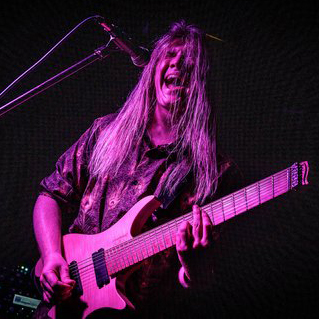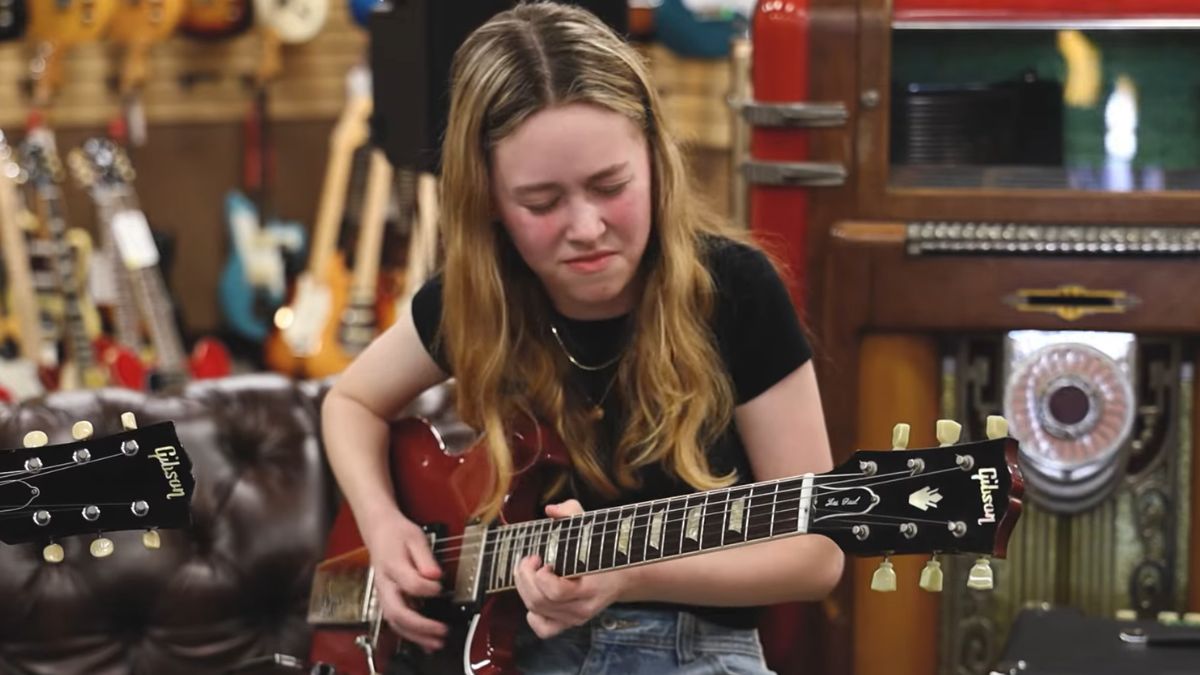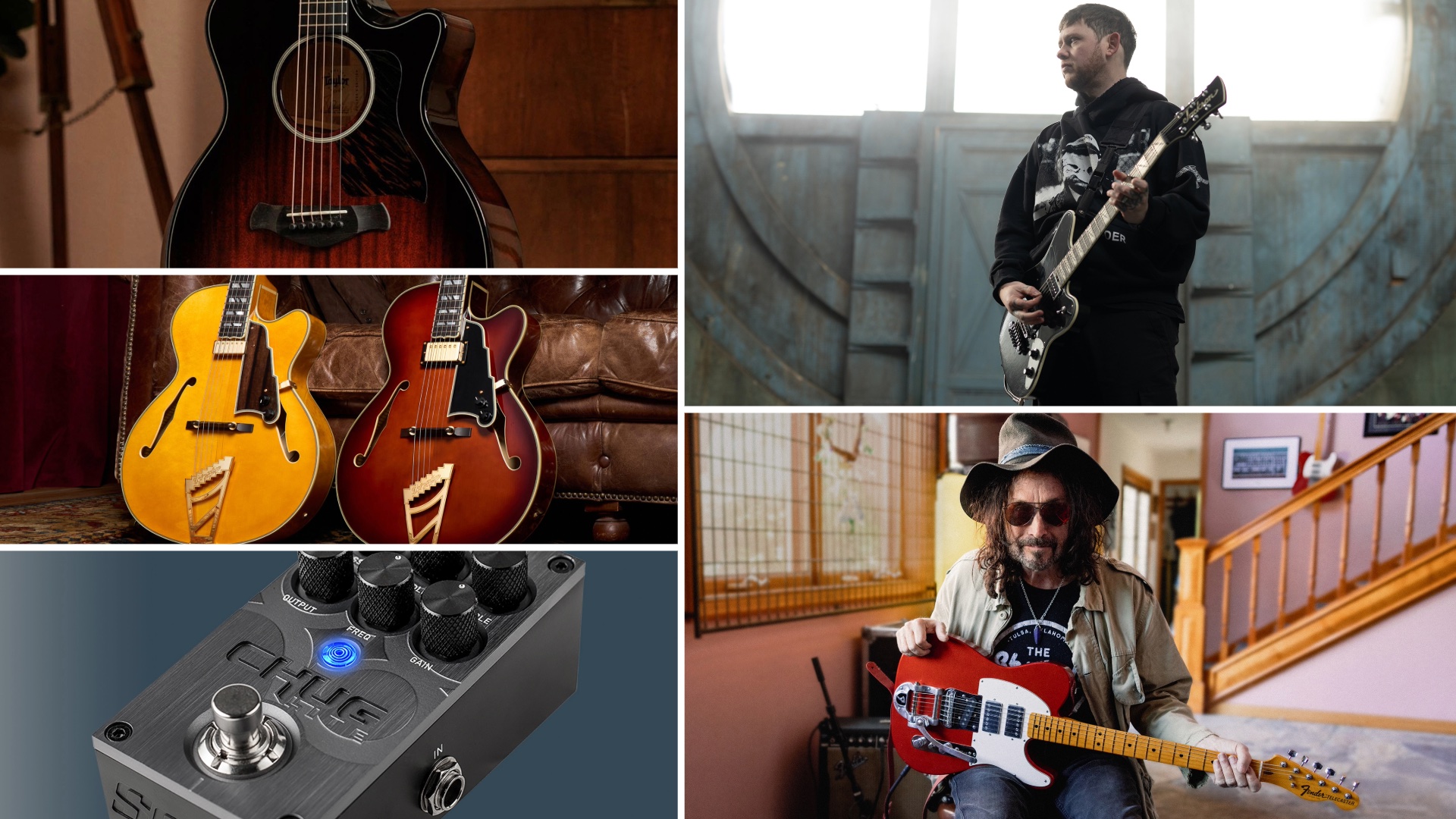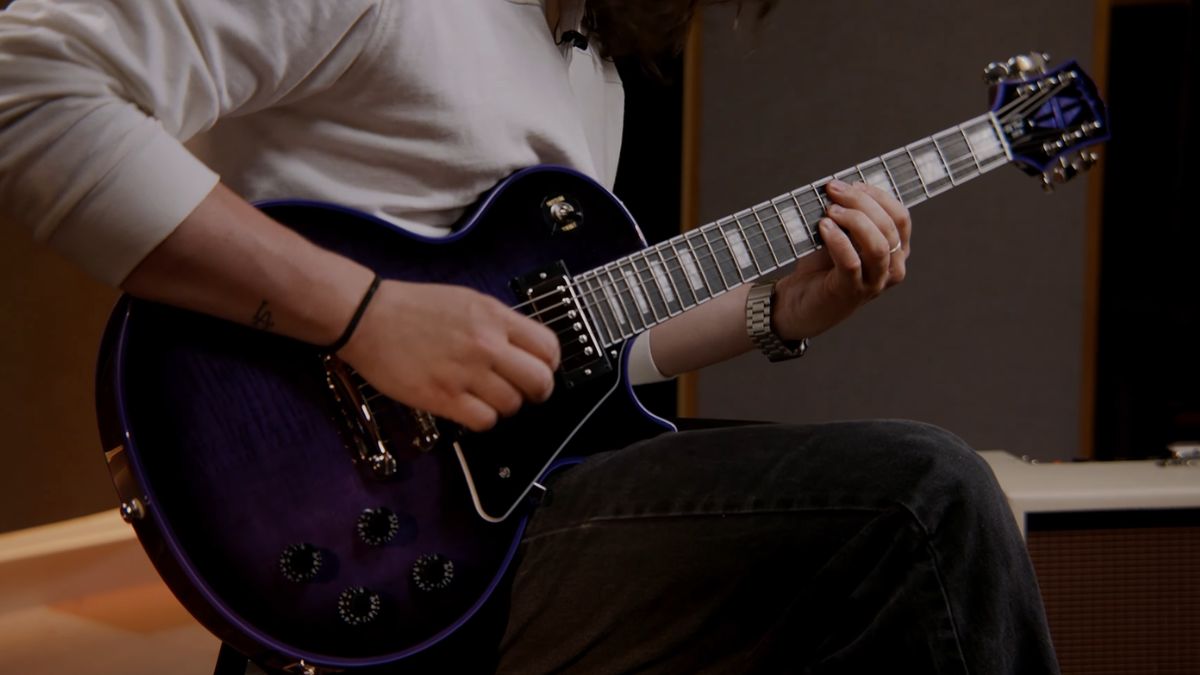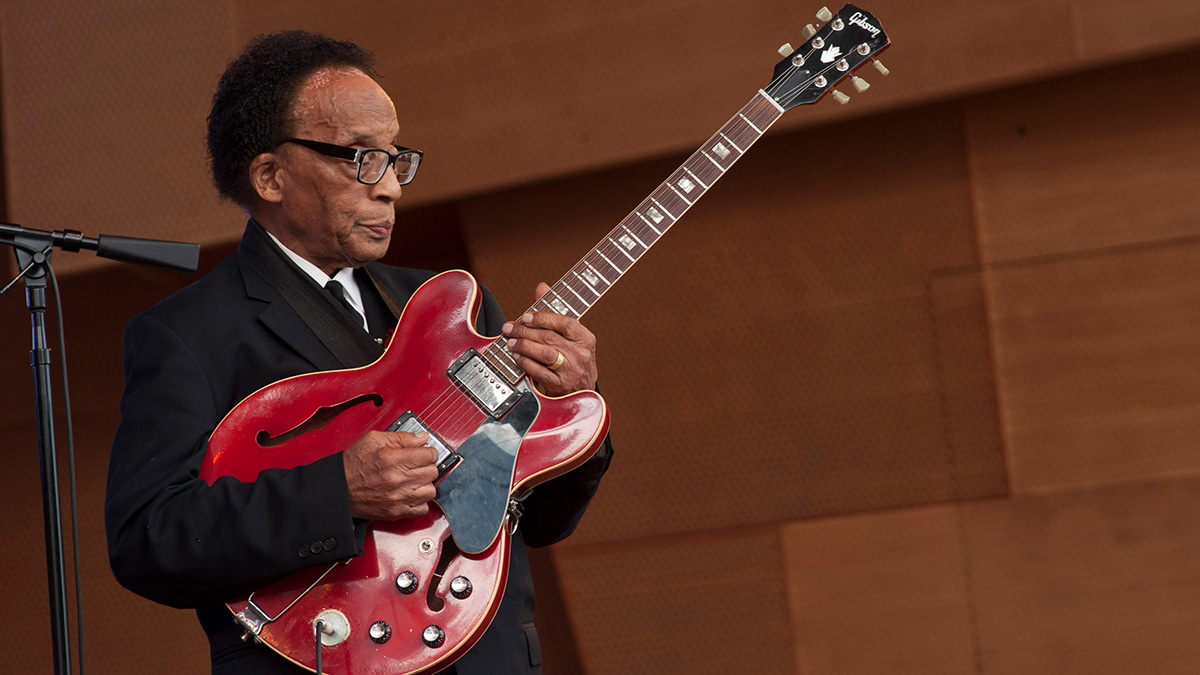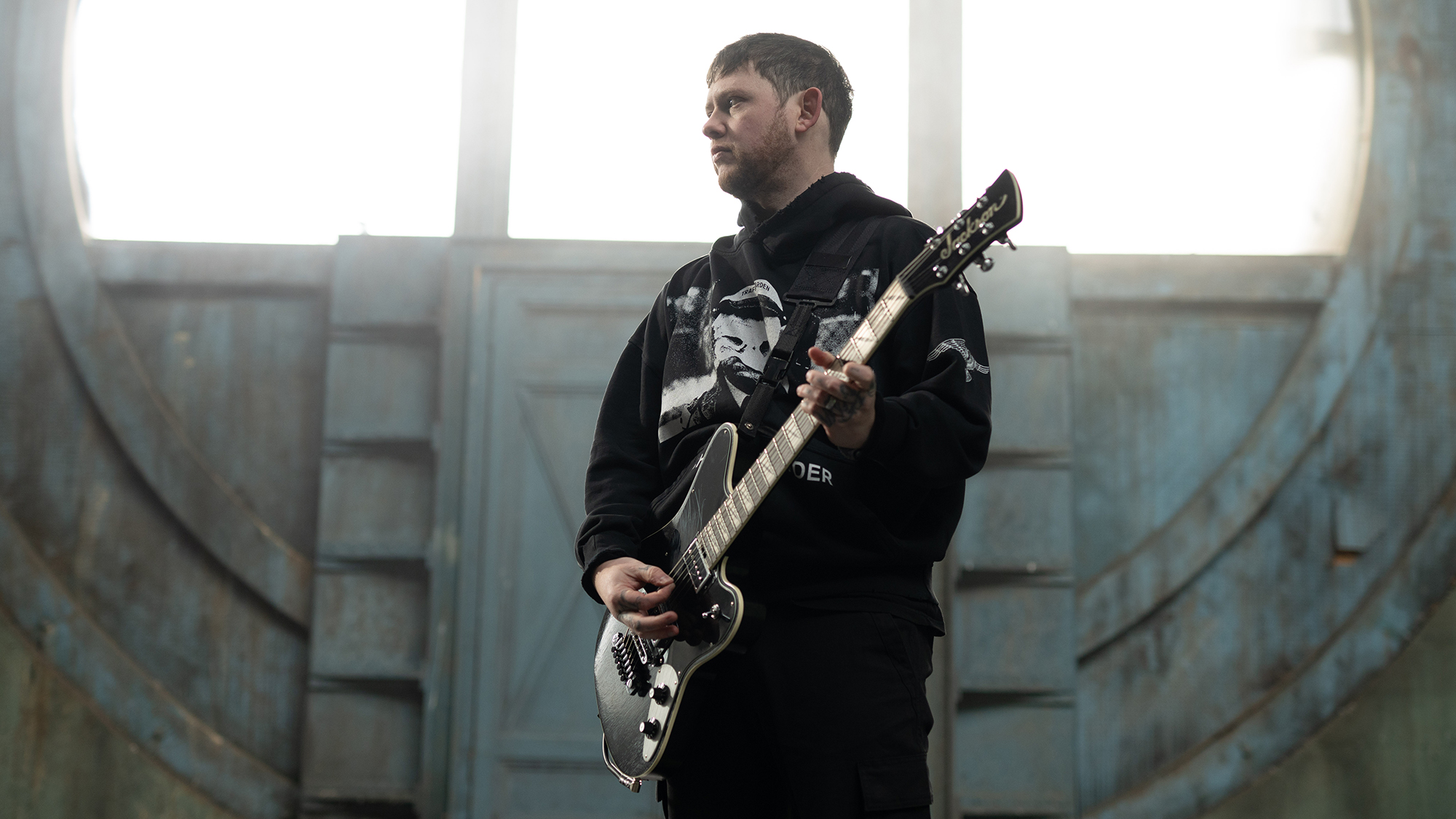“He flips a bass upside down, and we do Otis Redding. Then I got a phone call, ‘Jimi’s in the studio. Would you come down?’” How a 3am jam with Hendrix led Andy Fairweather Low to guest on a Jimi classic
Low says he played poorly during the impromptu jam, but he evidently impressed Hendrix enough to get a studio invite
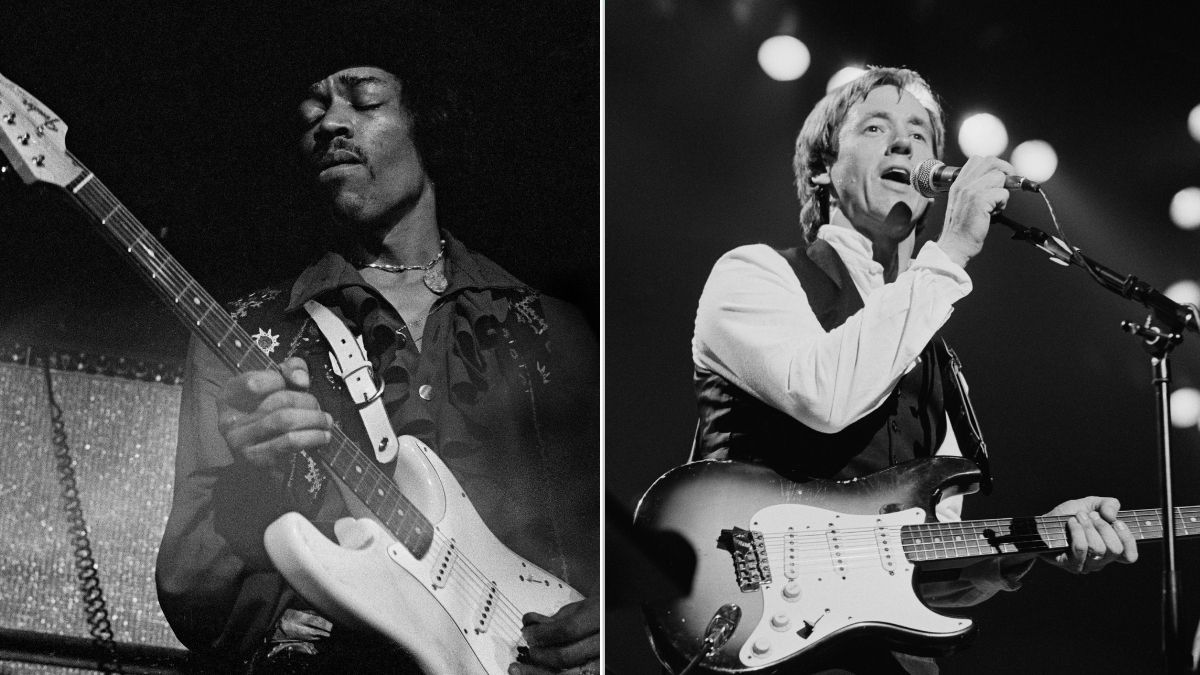
Andy Fairweather Low has recalled how an impromptu jam with Jimi Hendrix – during which the legendary electric guitar great played bass guitar – later resulted in an invitation to record with him on a classic track.
The Welsh rhythm guitarist was a founding member of Amen Corner, and later became the go-to gun-for-hire for numerous big artists, including George Harrison, Eric Clapton, and Joe Satriani. But it was during his Amen days that Low first crossed paths with Hendrix, who was famously never one to shy away from an opportunity to jam.
“He’d been on [British TV show] Top Of The Pops, so the word is out,” Low says in the new issue of Guitarist when asked about his relationship with Hendrix. “Amen Corner had a residency at the Speakeasy, and one night Jimi is there and wants to play. So he borrows Clive [Taylor]’s bass, flips it upside down, and we do Otis Redding’s I Can’t Turn You Loose.”
Just one jam, though, was never going to quench the virtuoso’s thirst.
“Next night, he wanted to play guitar, so he took Neil [Jones]’s guitar, flipped it upside down, I took the bass,” Low recounts. “So, it was Dennis [Bryon, drums], me and Hendrix. I have to say it was three o’ clock in the morning and I wasn’t very good! You gotta learn somewhere, though, eh?”
Low’s bass-playing talents might not have been quite up to scratch, but it still seems he left an impression on his jam mate, and they’d soon cross paths again.
“Then it’s 1969,” Low picks up the story. “I’m in New York and I get a phone call. 'Jimi’s in the studio. Would you come down and do some vocals?’ He’s recutting Stone Free. So we go down, Roger Chapman [of Family] is also there, so we did it.”
Get The Pick Newsletter
All the latest guitar news, interviews, lessons, reviews, deals and more, direct to your inbox!
Stone Free, a counterculture anthem, was first released as a B-side to Hey Joe in 1966, but it was re-recorded and re-released three years later in the US with Low and Chapman's backing vocals. However, Hendrix biographer Keith Shadwick called the rendition “disciplined but spiritless” in his book, Jimi Hendrix: Musician – and it seems that Low would tend to agree with him.
I have to say it was three o’ clock in the morning and I wasn’t very good!
Andy Fairweather Low
“It’s not a good version,” Low accepts. “There’s only one version of Stone Free.”
Hendrix’s impromptu jams over the years have become the stuff of legend. Speaking to Rick Beato in late 2023, Andy Summers recounted his “outrageous” jam with Hendrix and Mitch Mitchell, while Jimi’s jam sessions with Jonny Winter and Stephen Stills were released in 2018.
Visit Magazines Direct to pick up the latest issue of Guitarist, which also features chats with Yvette Young, Adrian Smith, and Richie Kotzen.
Low’s interview with Guitarist also revealed that he was the seventh choice guitarist for Harrison's band for a tour of Japan in 1991, behind Gary Moore and Alvin Lee.
A freelance writer with a penchant for music that gets weird, Phil is a regular contributor to Prog, Guitar World, and Total Guitar magazines and is especially keen on shining a light on unknown artists. Outside of the journalism realm, you can find him writing angular riffs in progressive metal band, Prognosis, in which he slings an 8-string Strandberg Boden Original, churning that low string through a variety of tunings. He's also a published author and is currently penning his debut novel which chucks fantasy, mythology and humanity into a great big melting pot.
You must confirm your public display name before commenting
Please logout and then login again, you will then be prompted to enter your display name.
“I suppose I felt that I deserved it for the amount of seriousness that I’d put into it. My head was huge!” “Clapton is God” graffiti made him a guitar legend when he was barely 20 – he says he was far from uncomfortable with the adulation at the time
“I was in a frenzy about it being trapped and burnt up. I knew I'd never be able to replace it”: After being pulled from the wreckage of a car crash, John Sykes ran back to his burning vehicle to save his beloved '76 Les Paul

